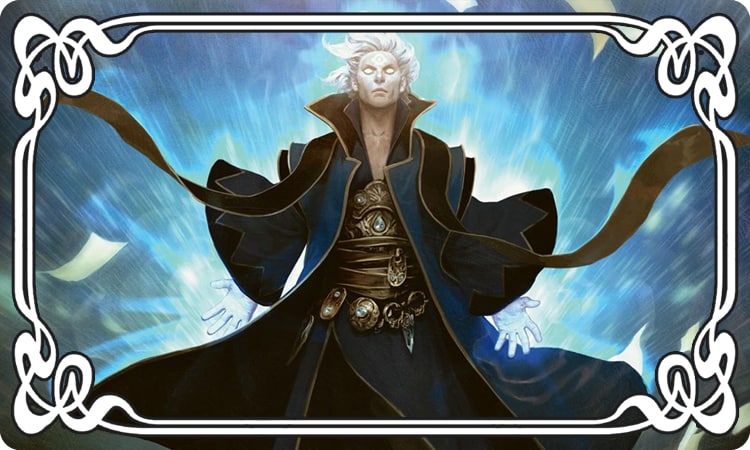In Dungeons & Dragons 5th edition, schools of magic have no impact on the rules for how scrolls are used scrolls. In D&D 3.5e it worked like this: You can specialize in a particular school of magic, which will give you the ability to learn extra spells in your chosen school. The damage roll for spells is pretty straightforward. Mostly, you just look at the description of the spell and use the damage dice specified there. In this example, let’s use Fire Bolt again. Let’s say the result is a 7. The formula will now be: = Level 1 Wizard Spell Damage Rolls = 1d10 + Other Bonus = 7 + 0 (No Bonuses) = 7. I really just wanted to point out that spell scrolls are a specific type of magic scroll that has additional rules, but is not a separate category. To say 'there are 2 types of scrolls: spells scrolls and everything else,' is the same as saying 'there are 2 types of weapons: flame tongue and everything else.' Interactive heat transfer iht software.
- Dnd Dmg Spell Scroll Rules Chart
- D&d Spell Scroll Rules
- Dnd Dmg Spell Scroll Rules Worksheet
- Dnd Dmg Spell Scroll Rules Pdf
 5thSRD
5thSRD- Adventuring
- Equipment
- Character
- Classes
- Races
- Combat
- Gamemaster rules
- Magic item indexes
- Monster indexes
- Templates
- Rules
- Abilities
- Spellcasting
- Spell indexes
- Spell lists
Dnd Dmg Spell Scroll Rules Chart
Scroll, varies
A spell scroll bears the words of a single spell, written in a mystical cipher. If the spell is on your class's spell list, you can use an action to read the scroll and cast its spell without having to provide any of the spell's components. Otherwise, the scroll is unintelligible.
If the spell is on your class's spell list but of a higher level than you can normally cast, you must make an ability check using your spellcasting ability to determine whether you cast it successfully. The DC equals 10 + the spell's level. On a failed check, the spell disappears from the scroll with no other effect.
Once the spell is cast, the words on the scroll fade, and the scroll itself crumbles to dust.
The level of the spell on the scroll determines the spell's saving throw DC and attack bonus, as well as the scroll's rarity, as shown in the Spell Scroll table.
Spell Scroll

| Spell Level | Rarity | Save DC | Attack Bonus |
|---|---|---|---|
| Cantrip | Common | 13 | +5 |
| 1st | Common | 13 | +5 |
| 2nd | Uncommon | 13 | +5 |
| 3rd | Uncommon | 15 | +7 |
| 4th | Rare | 15 | +7 |
| 5th | Rare | 17 | +9 |
| 6th | Very rare | 17 | +9 |
| 7th | Very rare | 18 | +10 |
| 8th | Very rare | 18 | +10 |
| 9th | Legendary | 19 | +11 |
A wizard spell on a spell scroll can be copied just as spells in spellbooks can be copied. When a spell is copied from a spell scroll, the copier must succeed on an Intelligence (Arcana) check with a DC equal to 10 + the spell's level. If the check succeeds, the spell is successfully copied. Whether the check succeeds or fails, the spell scroll is destroyed.
I was under the impression that a Wizard could learn from a spell scroll by simply paying the 50 gold per spell level as defined on page 114 of the PH.Copying a spell into your spellbook involves reproducing the basic form of the spell, then deciphering the unique system of notation used by the wizard who wrote it. You must practice the spell until you understand the sounds or gestures required, then transcribe it into your spellbook using your own notation.
For each level of the spell, the process takes 2 hours and costs 50 gp. The cost represents material components you expend as you experiment with the spell to master it, as well as the fine inks you need to record it. Once you have spent this time and money, you can prepare the spell just like your other spells.
However I then Read the DMG
D&d Spell Scroll Rules

Dnd Dmg Spell Scroll Rules Worksheet
Does this mean that spells from spellbooks succeed always, but spells from scrolls have a chance to fail?If so should NPCs charge more for Wizards to read their spellbooks instead of a scroll?